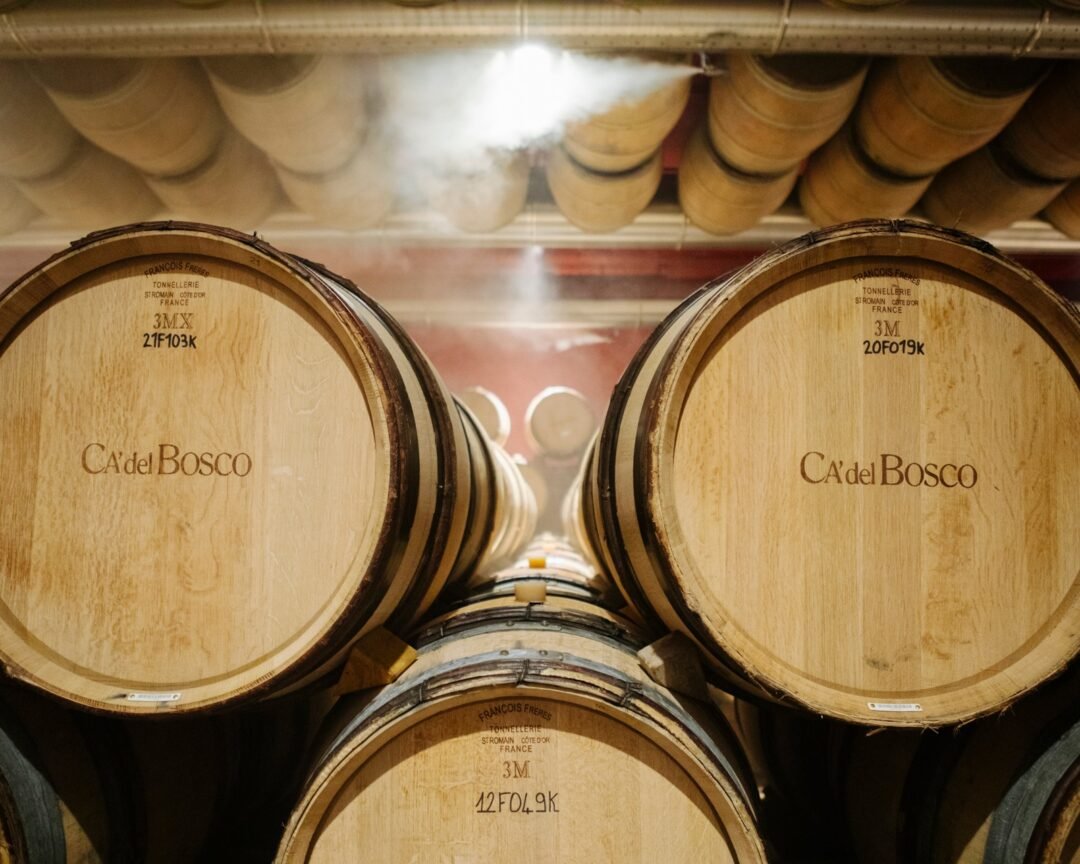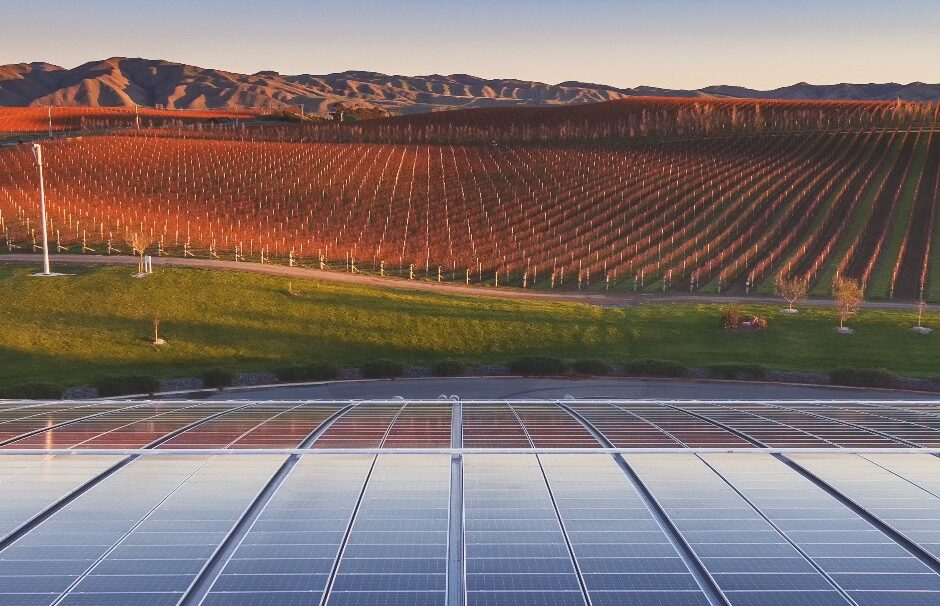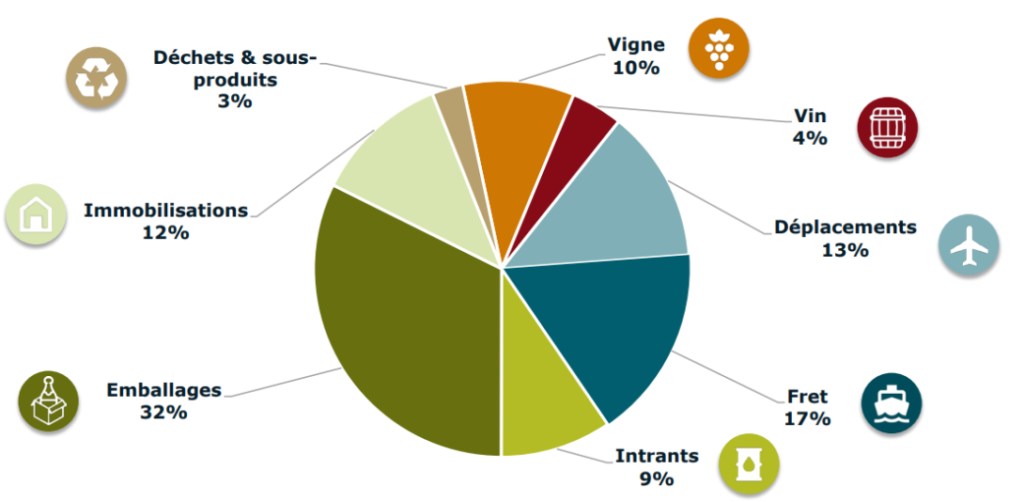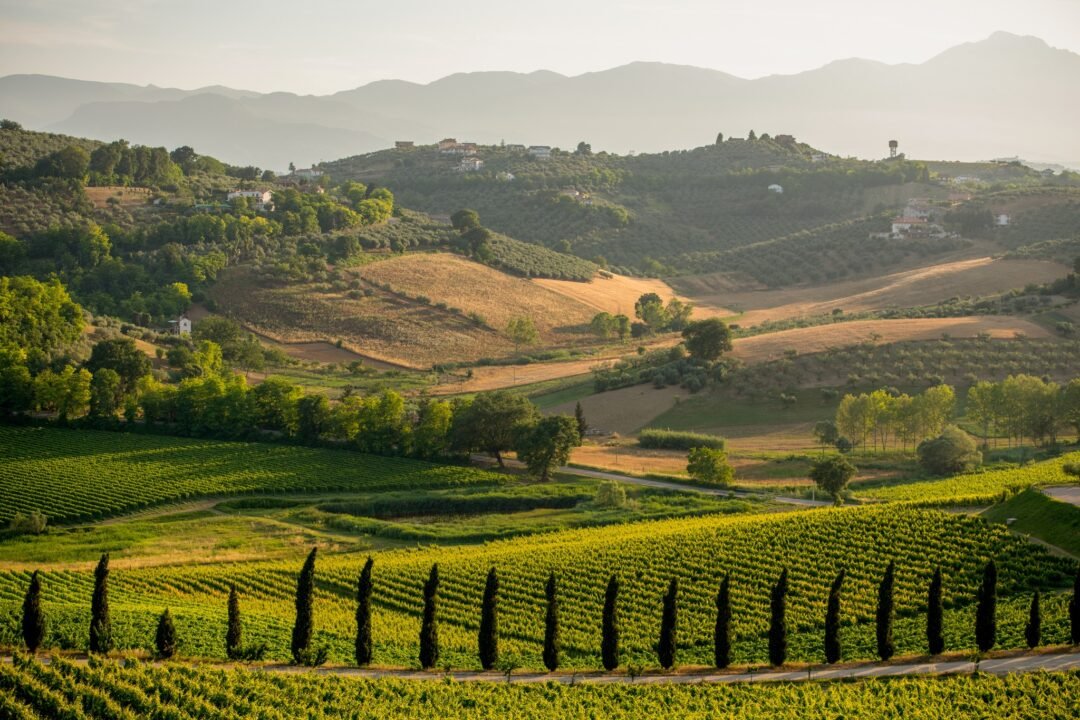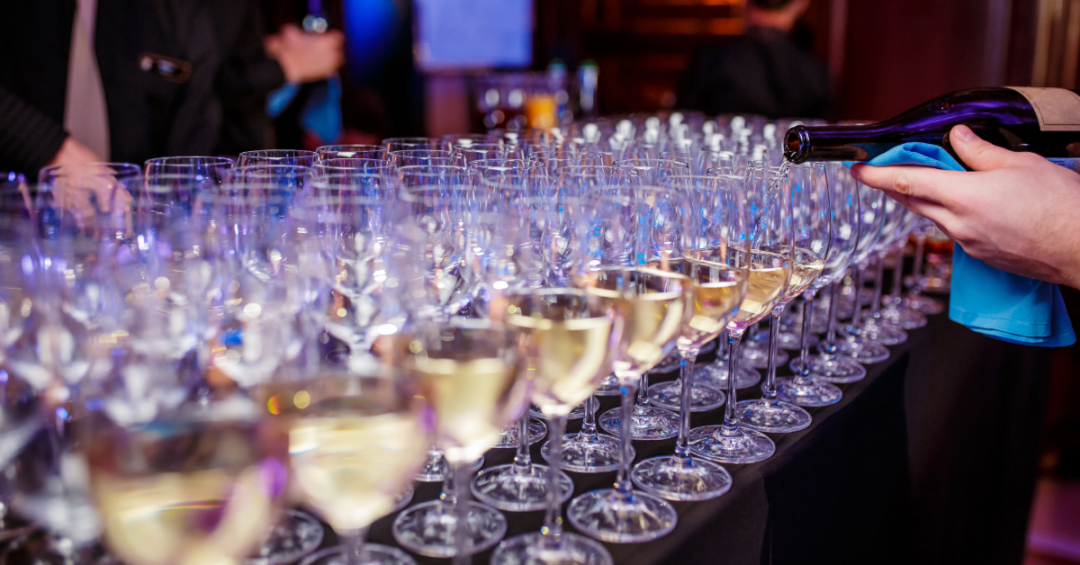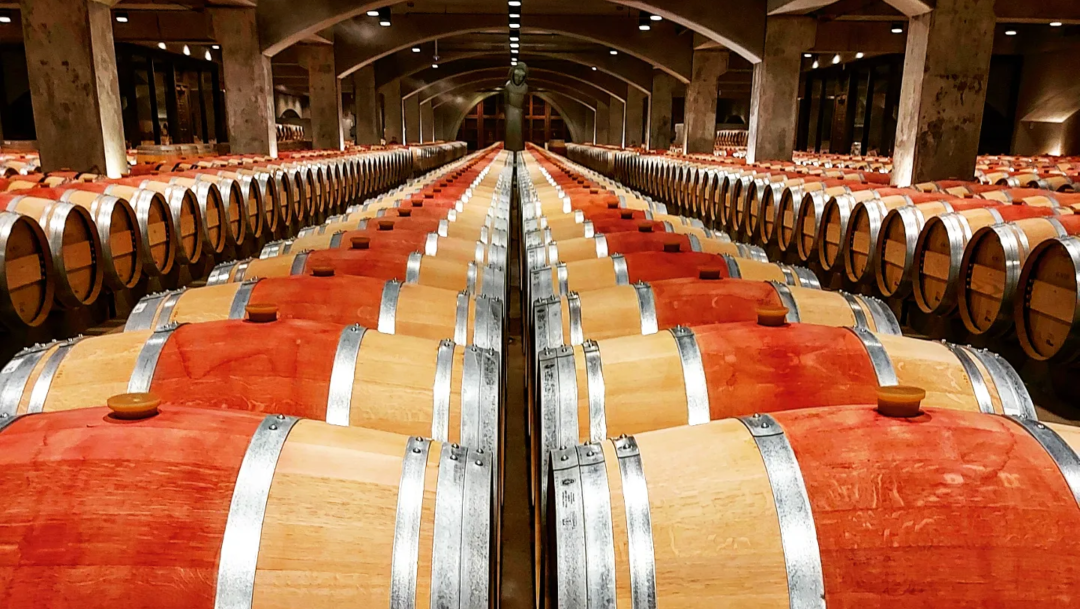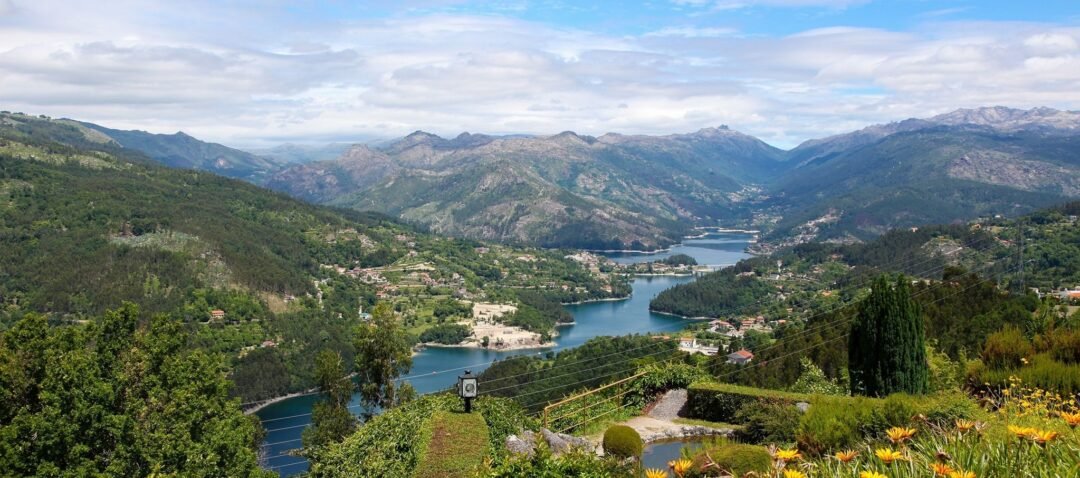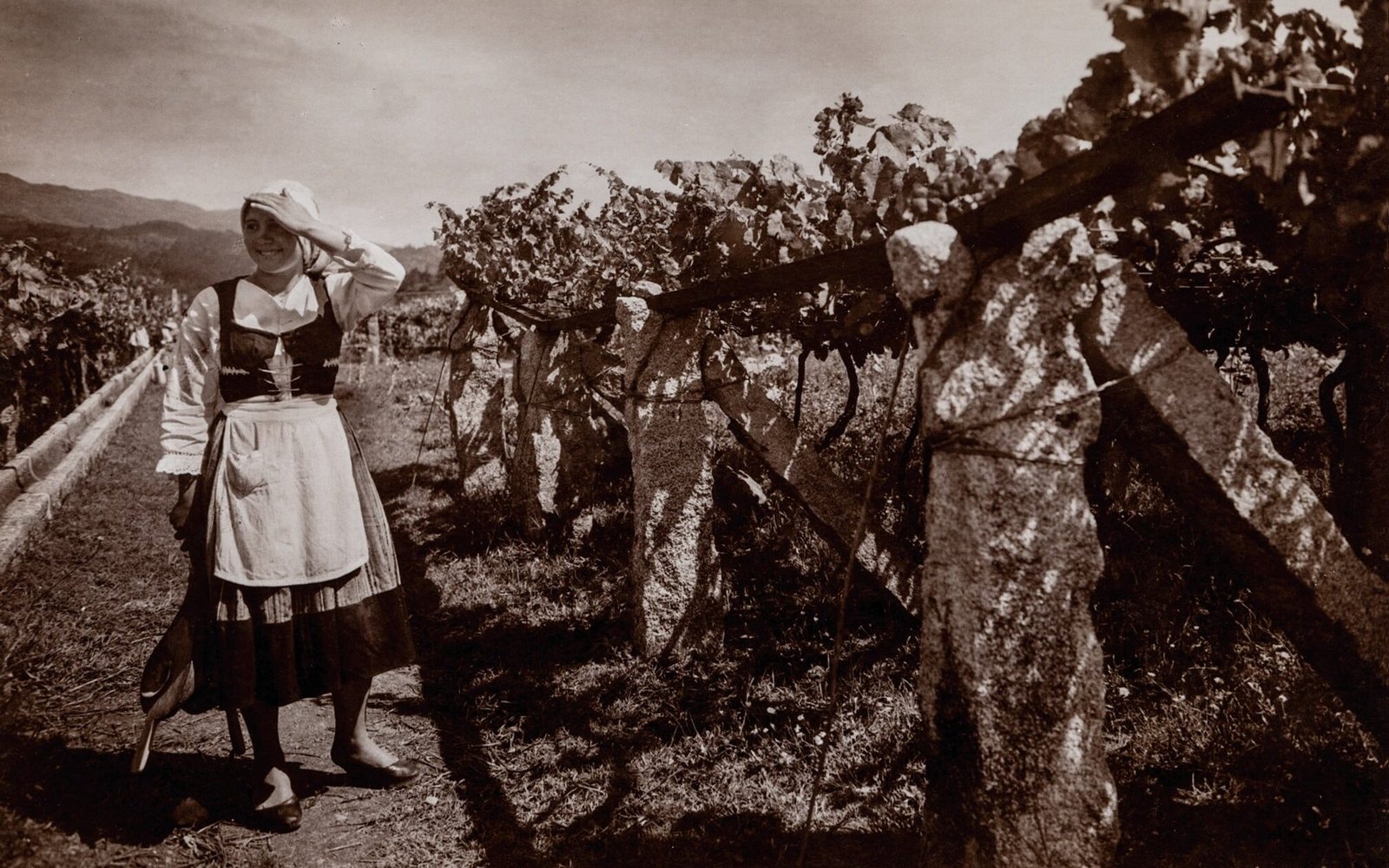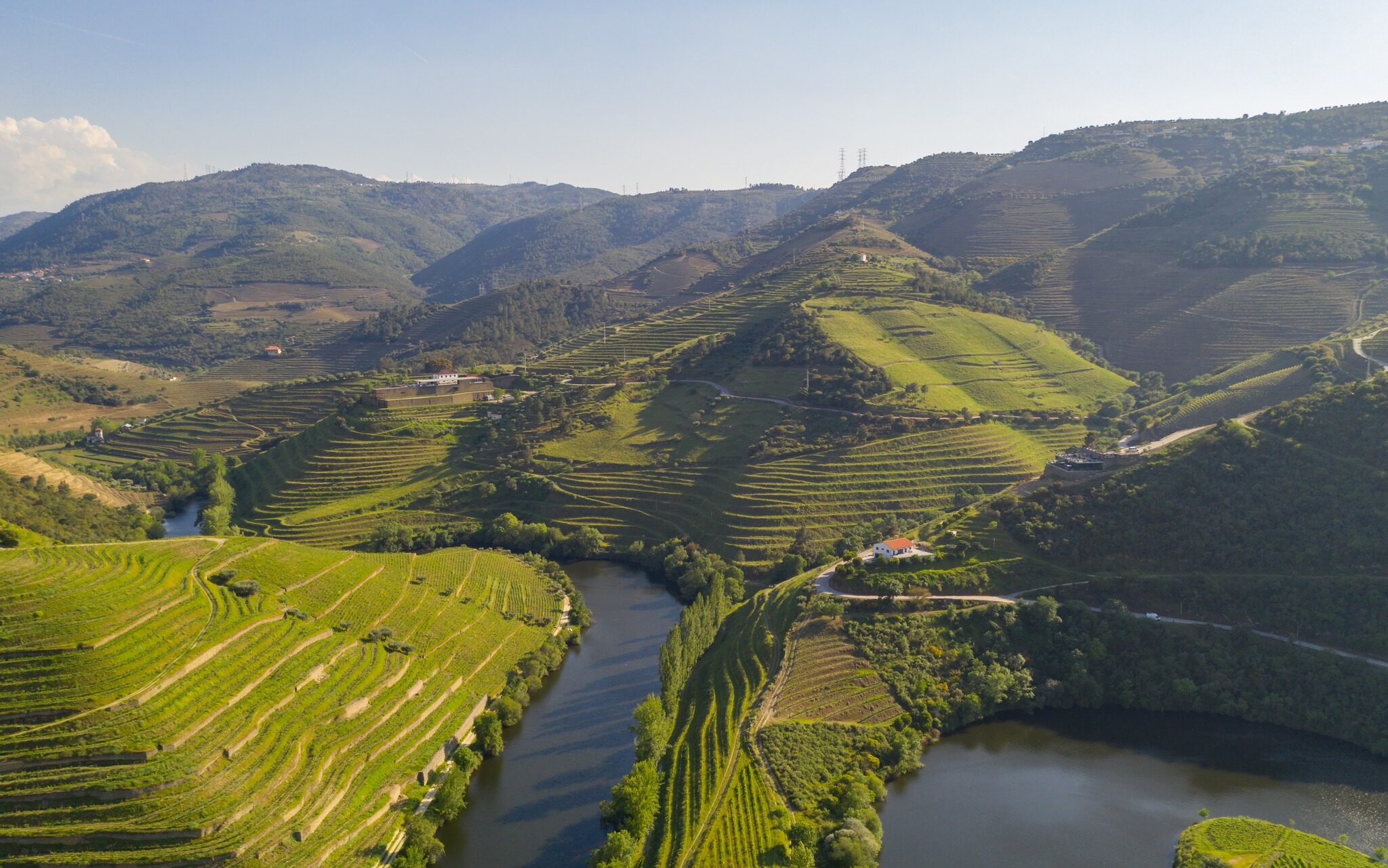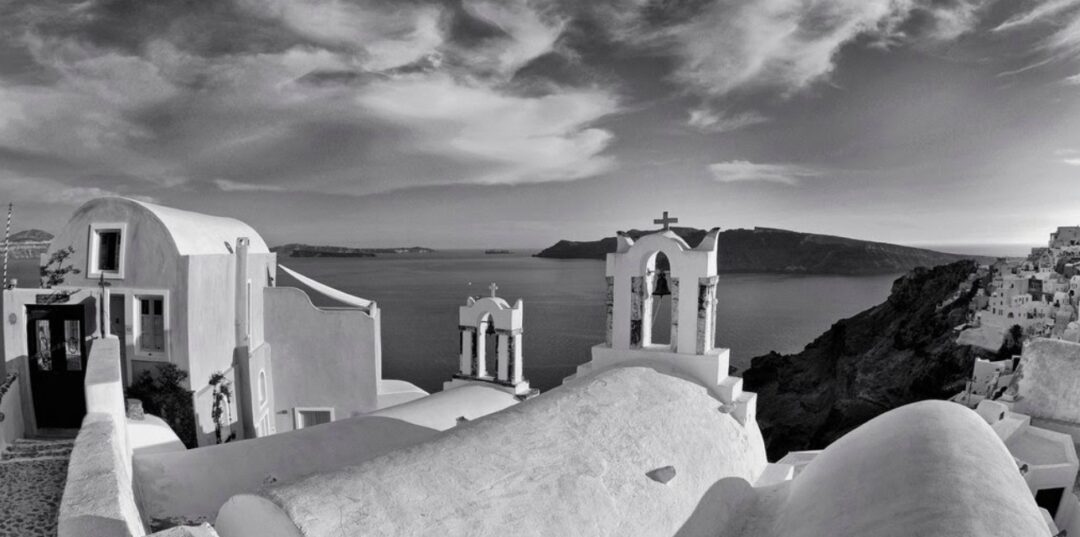Yesterday was a gloriously sunny fall day. One of those echos of summer that puts you in a celebratory mood. And, happily for me, I was headed to lunch with the charming Giacomo Marzotto, a member of the wine powerhouse Marzotto family, in town to sing the praises of their Franciacorta estate. Ca’ del Bosco is one of the most renowned producers of Franciacorta sparkling wine. Over a lineup of both sparkling and still bottlings, Giacomo offered insight into the philosophy that has made Ca’ del Bosco a benchmark estate in Italy.
Franciacorta in Context
Franciacorta is a relatively young appellation, officially recognized in 1967 and elevated to DOCG status in 1995. In just a few decades, this Lombardy region has grown into Italy’s premier source of traditional-method sparkling wine, often compared to Champagne. With just under 3,000 hectares under vine and some 200 producers, Franciacorta remains small in scale but ambitious in quality. Chardonnay dominates plantings, with Pinot Noir and Pinot Bianco playing important supporting roles.
The style is distinctive. Where Champagne often emphasizes taut acidity and racy bubbles, Franciacorta wines lean into their vinous quality, showing rounded mid-palates, creamy, rounded mousse, and understated aromatics. Minimum lees ageing is already generous—18 months for multi-vintage wines and 30 months for vintage releases—but many producers, including Ca’ del Bosco, extend this far beyond the requirements.
Franciacorta also has a still wine counterpart. Under the Curtefranca DOC, Bordeaux varieties such as Merlot, Cabernet Sauvignon, Cabernet Franc, and Carménère are crafted into supple, structured red wines. Though the appellation is separate from Franciacorta, the link is strong: these reds grow at the same latitude as Bordeaux and reflect the same focus on finesse and longevity.
Experimentation is part of the region’s future. Erbamat, an indigenous white grape first authorized in 2017, ripens three weeks later than Chardonnay and retains very high acidity. For now, only a few hectares exist, but the variety is viewed as a promising ally in the face of climate change.
The Ca’ del Bosco Approach
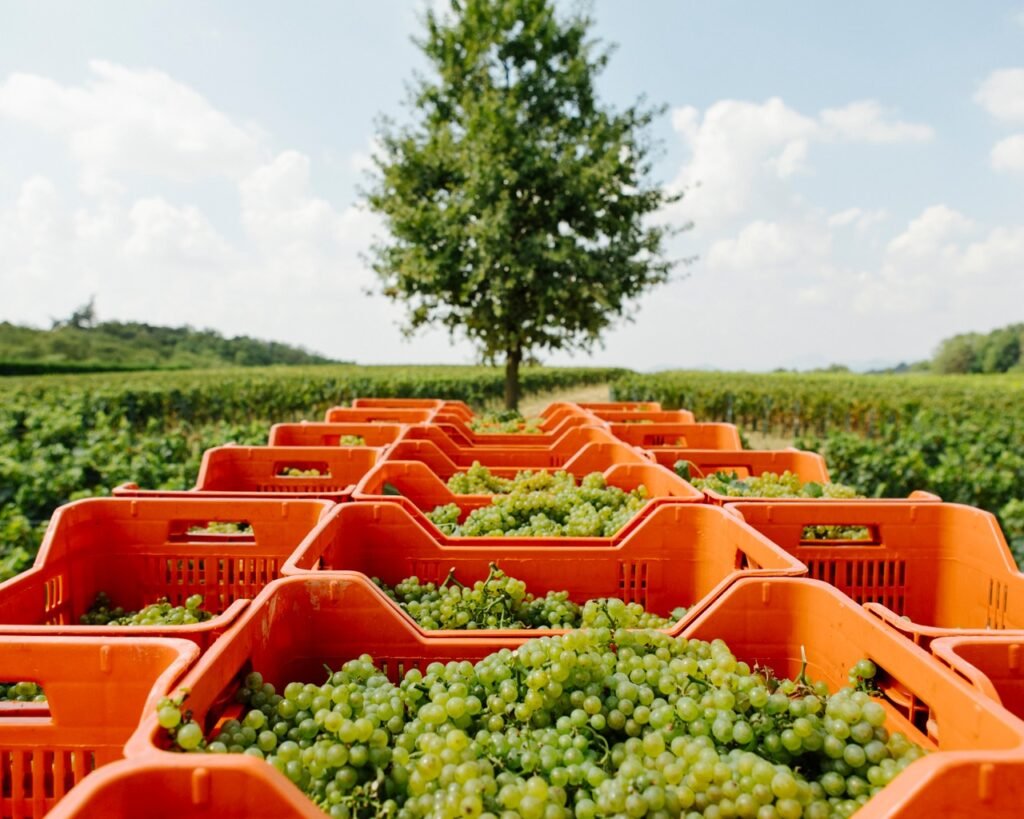
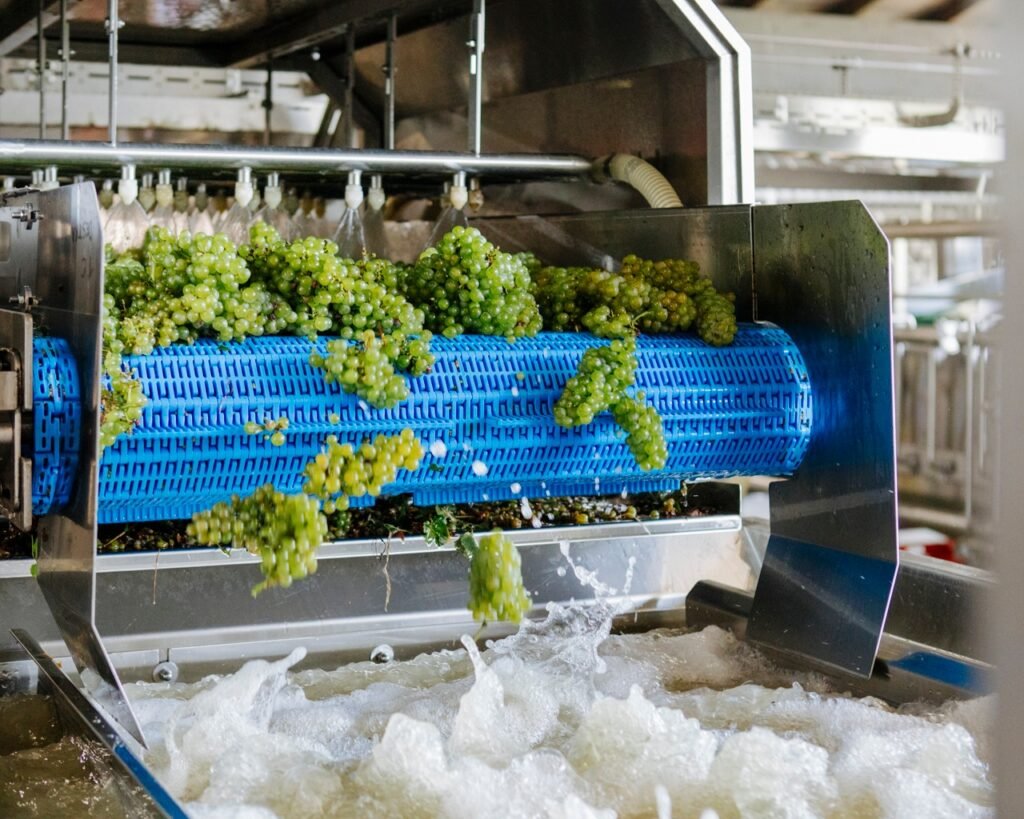
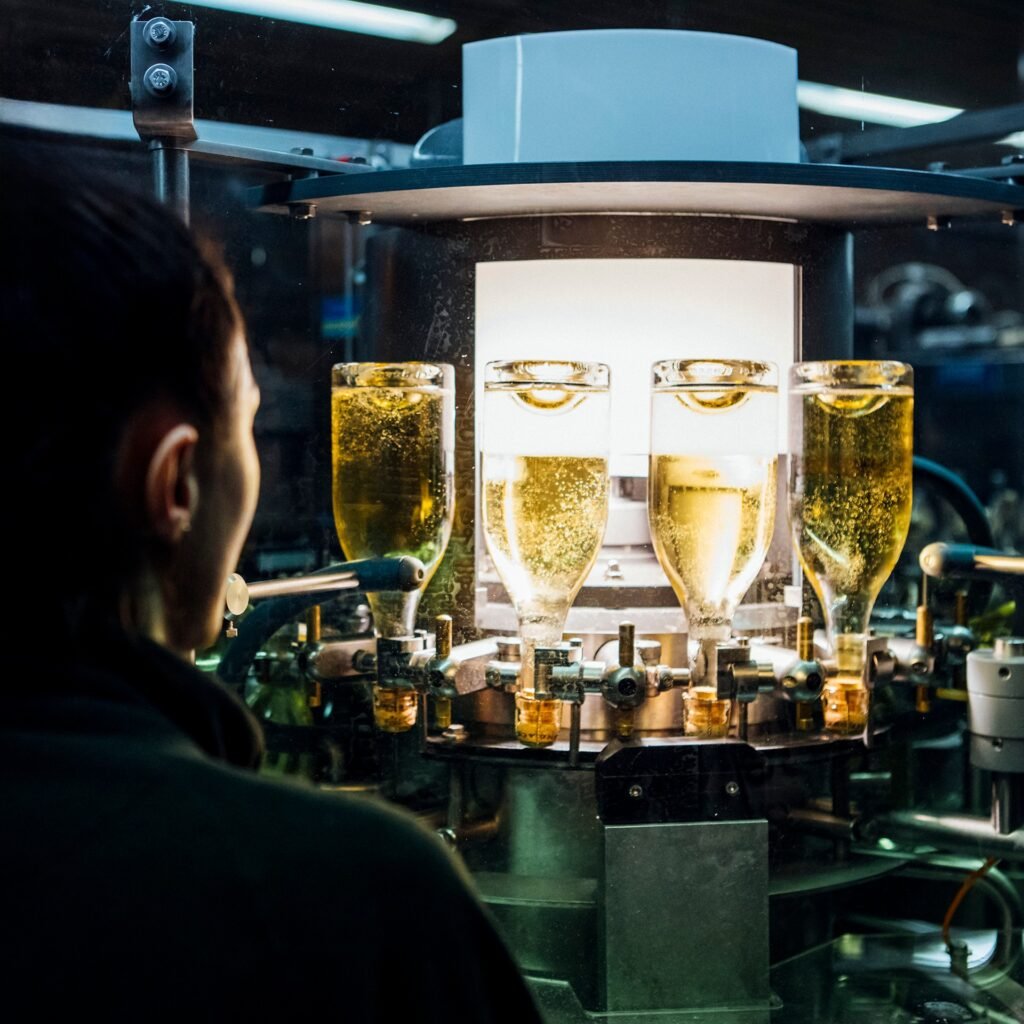
Founded in the late 1960s by Maurizio Zanella, Ca’ del Bosco quickly established itself as a pioneer of Franciacorta. Today, the estate farms 300 hectares of organically certified vines, though the certification is not printed on the labels.
The winery is renowned for meticulous attention to detail. Grapes undergo the so-called “berry spa,” a process of chilled water baths and purified air drying before pressing. Must and wine are transferred by gravity rather than pumps, limiting oxidation and minimizing sulphur additions. Fermentations are started with a mix of indigenous and selected yeasts, built through pied de cuve. Ageing times on lees consistently exceed appellation minimums: 24 months for the multi-vintage Cuvée Prestige, and up to nine years for the prestige cuvée Annamaria Clementi. For more than six years, the estate has eliminated cane sugar entirely, using only concentrated organic grape must for tirage and dosage.
The goal is purity and precision, ensuring that everything in the wine comes from the grape itself. Even terminology reflects this philosophy. Since 2007, Ca’ del Bosco has avoided the phrase “non-vintage,” preferring instead “multi-vintage” and labeling each release with an Edizione number, emphasizing its identity as an annually crafted expression.
The Wines
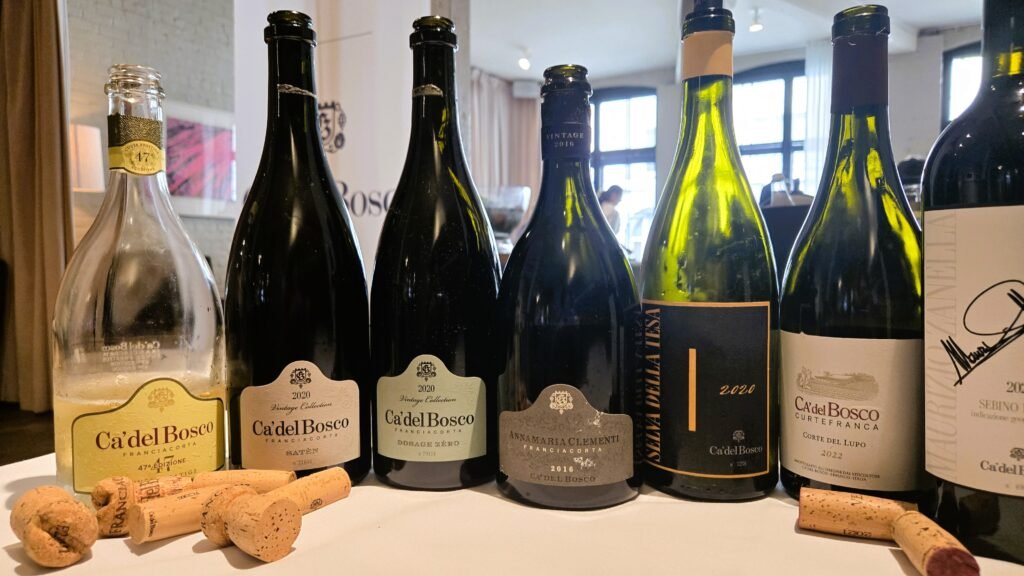
Ca’del Bosco Franciacorta “Cuvée Prestige”, Edizione 47 – 92pts. PW
80% Chardonnay, 19% Pinot Noir, 1% Pinot Bianco. Aged 25 months on lees.
The 47ᵗʰ edition of Ca’ del Bosco’s flagship multi-vintage sparkling wine, based on the 2022 harvest, shows aromas of ginger biscuit, white flowers, and yellow plum. The palate is crisp and citrusy, with savoury undertones, a broad tangy mid-palate, and lively acidity. A superb value introduction to Franciacorta.
Where to Buy: SAQ ($48.00), agent: Montalvin
Ca’del Bosco Franciacorta “Vintage Collection” Dosage Zero 2020 – 94pts. LW
65% Chardonnay, 22% Pinot Noir, 13% Pinot Bianco. Aged 48 months on lees.
This zero-dosage bottling highlights the natural richness of the fruit. The nose is earthy and savoury, with macerated quince and plum. Concentrated and mouthwatering on the palate, with creamy mousse, taut structure, and a long, citrus-lime finish. 94 points.
Where to Buy: SAQ ($89.00), agent: Montalvin
Ca’del Bosco Franciacorta “Vintage Collection” Satèn 2020 – 95pts. LW
85% Chardonnay, 15% Pinot Bianco. Four years on lees.
Satèn is Franciacorta’s blanc de blancs style, made with reduced bottle pressure for a softer mousse. The 2020 vintage shows vibrant aromas of citrus, guava, chamomile, and lemon pastry. The palate is precise, saline, and tensile, bone-dry yet brimming with energy. Incredibly long and sleek.
Where to Buy: SAQ ($82.25), agent: Montalvin
Ca’del Bosco Franciacorta “Annamaria Clementi” 2016, Extra Brut – 97pts. LW
55% Chardonnay, 20% Pinot Noir, 25% Pinot Bianco. Nine years on lees.
Named for the mother of Maurizio Zanella, this prestige cuvée is among Italy’s most acclaimed sparkling wines. Fermented in third-use barrels, with malolactic conversion and gravity transfer, it opens with complex, layered notes of dried quince, biscuit, custard cream, ginger, and lemon peel. The palate is satiny and deeply concentrated, with noble citrus peel bitters and subtle mineral lift on the long finish. 97 points.
Where to Buy: SAQ ($150.00), agent: Montalvin
Ca’del Bosco “Corte del Lupo” Rosso 2022, Curtefranca DOC – 92pts. PW
38% Merlot, 33% Cabernet Sauvignon, 22% Cabernet Franc, 7% Carménère.
Produced under the Curtefranca DOC, this supple red has an inviting floral and red-fruited nose, developing cassis, plum, and cedar with aeration. The palate is fresh and silky, with velvety tannins, moderate oak integration, and a long, balanced finish. A polished expression of Lombardy’s Bordeaux heritage.
Where to Buy: SAQ ($37.25), agent: Montalvin
Ca’del Bosco Franciacorta “Maurizio Zanella” 2021, IGT Sebino – 94pts. LW
The estate’s flagship red is both powerful and refined. Intense aromas of blue fruit, cassis, graphite, tobacco, and violet lead into a concentrated palate with fine chalky tannins and ample freshness. Already approachable, but with medium-term ageing potential.
Where to Buy: SAQ ($92.75), agent: Montalvin
Final Thoughts
From the approachable Cuvée Prestige Edizione 47 to the profound Annamaria Clementi 2016, the Ca’ del Bosco lineup reflects a philosophy of innovation and uncompromising quality. Every detail, from the berry spa to the use of only grape-derived dosage, underscores the estate’s pursuit of purity.
Franciacorta may still be among the lesser known terroirs for top-tier sparkling, but wines like these demonstrate the region’s unique personality. With their vinous structure, refined bubbles, and remarkable longevity, Ca’ del Bosco’s sparkling wines prove that this small corner of Lombardy deserves a place among the world’s great sparkling wine regions.

